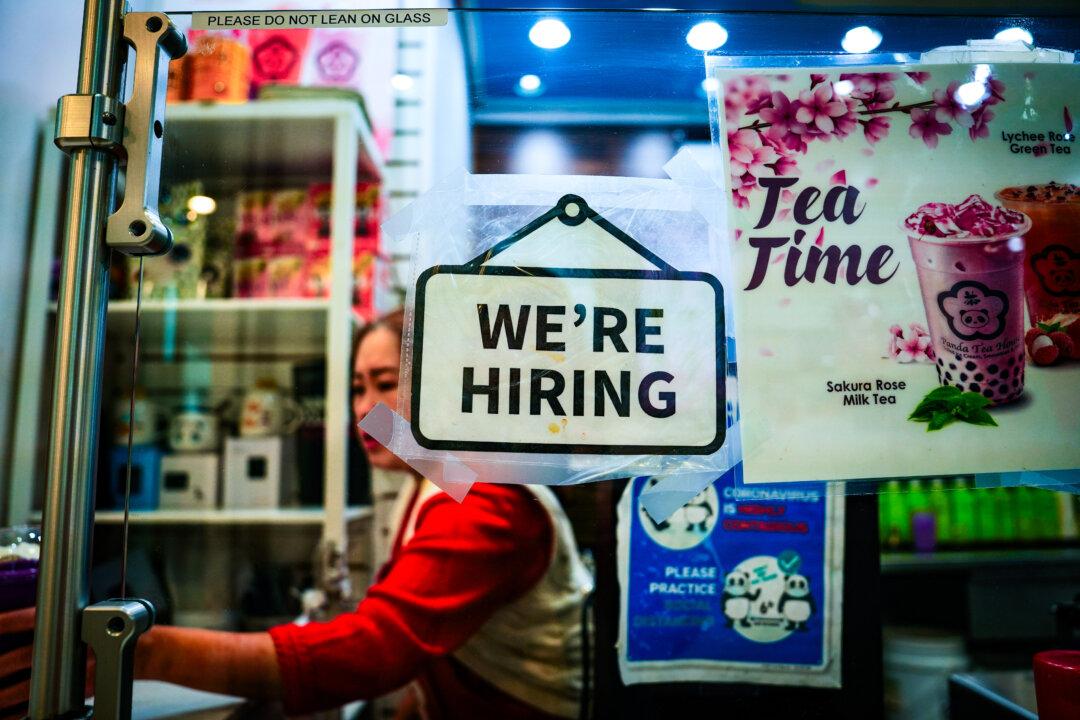The U.S. economy will witness slowing inflation and sluggish economic growth over the next year, the Congressional Budget Office (CBO) said in its latest 2023–2025 review. If accurate, the United States will have achieved the widely hoped-for soft landing narrative—averting a recession while tackling inflation and keeping the labor market intact.
Many economists agree with the CBO’s latest assessment.





